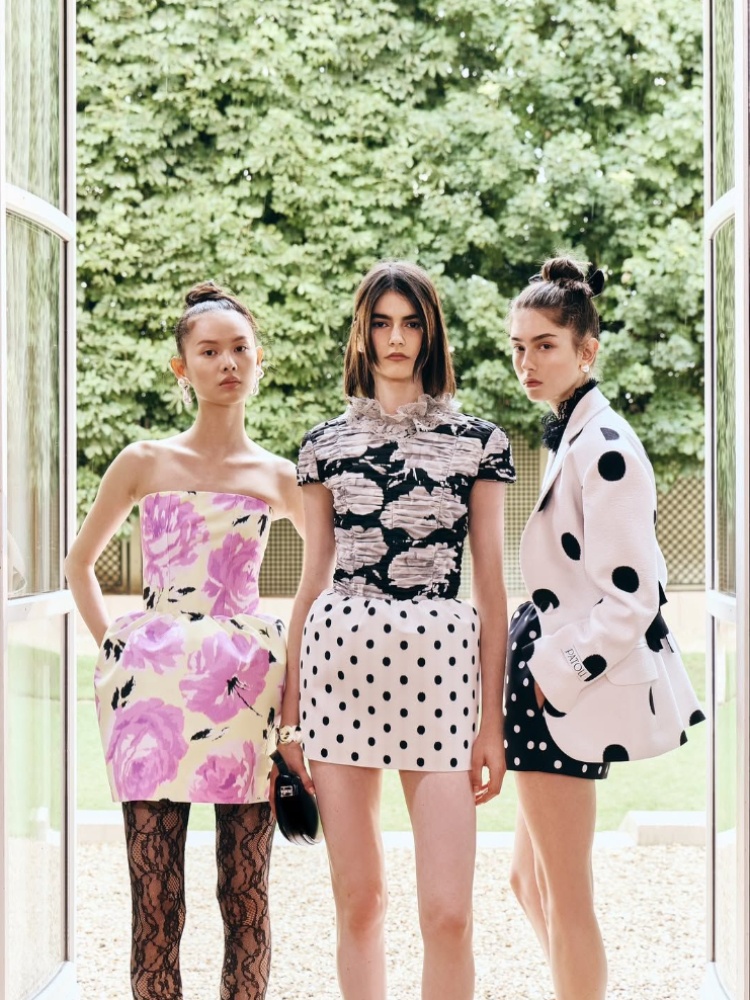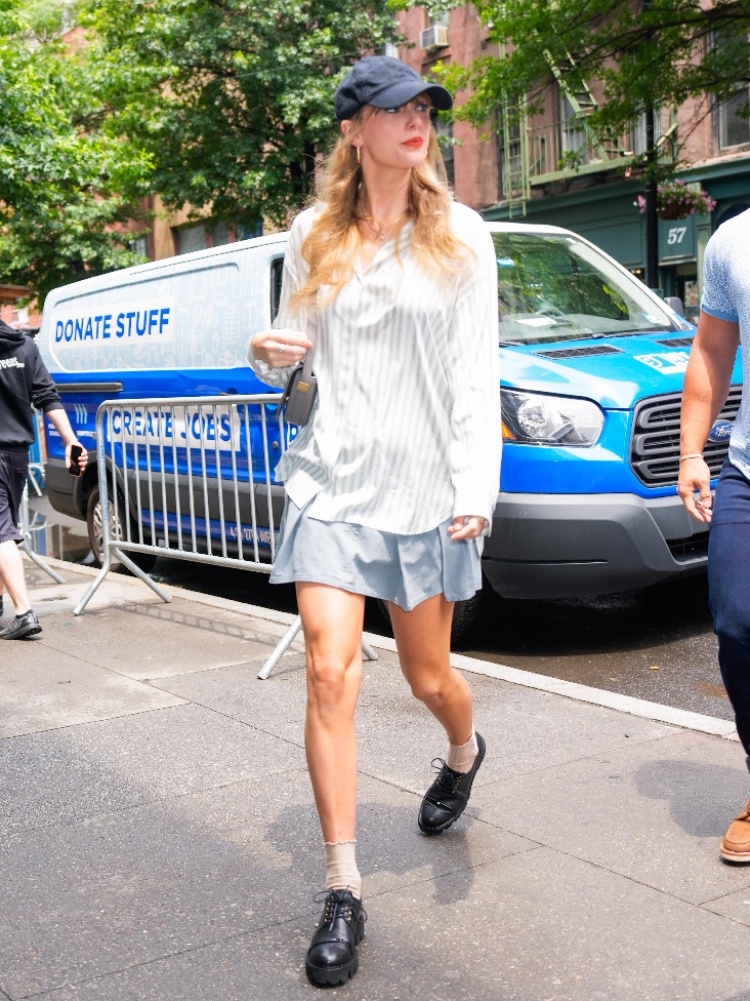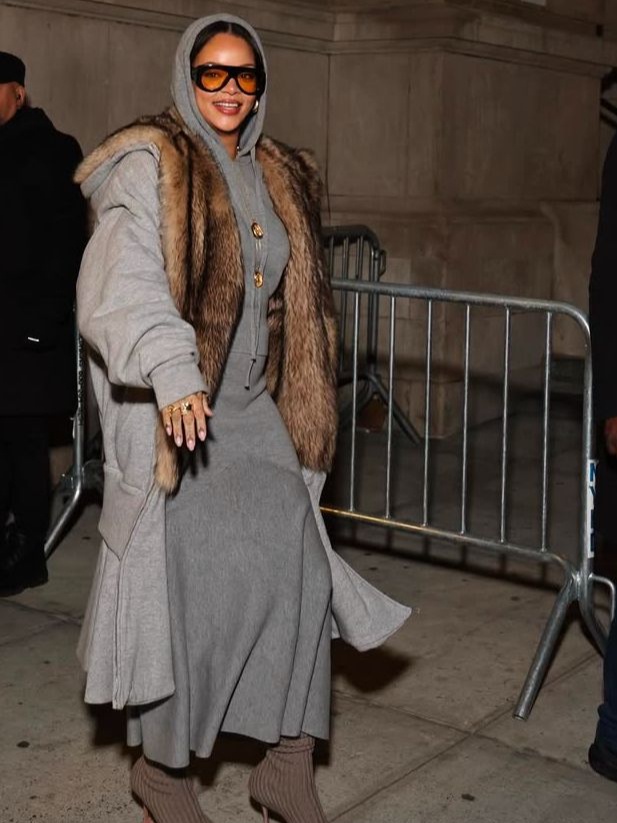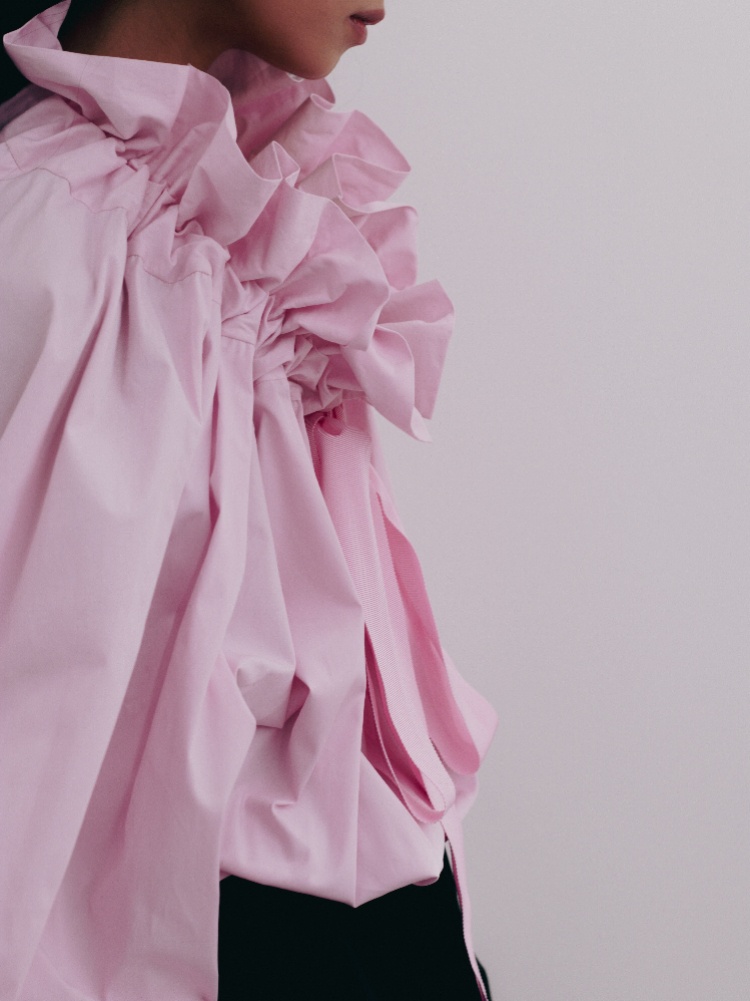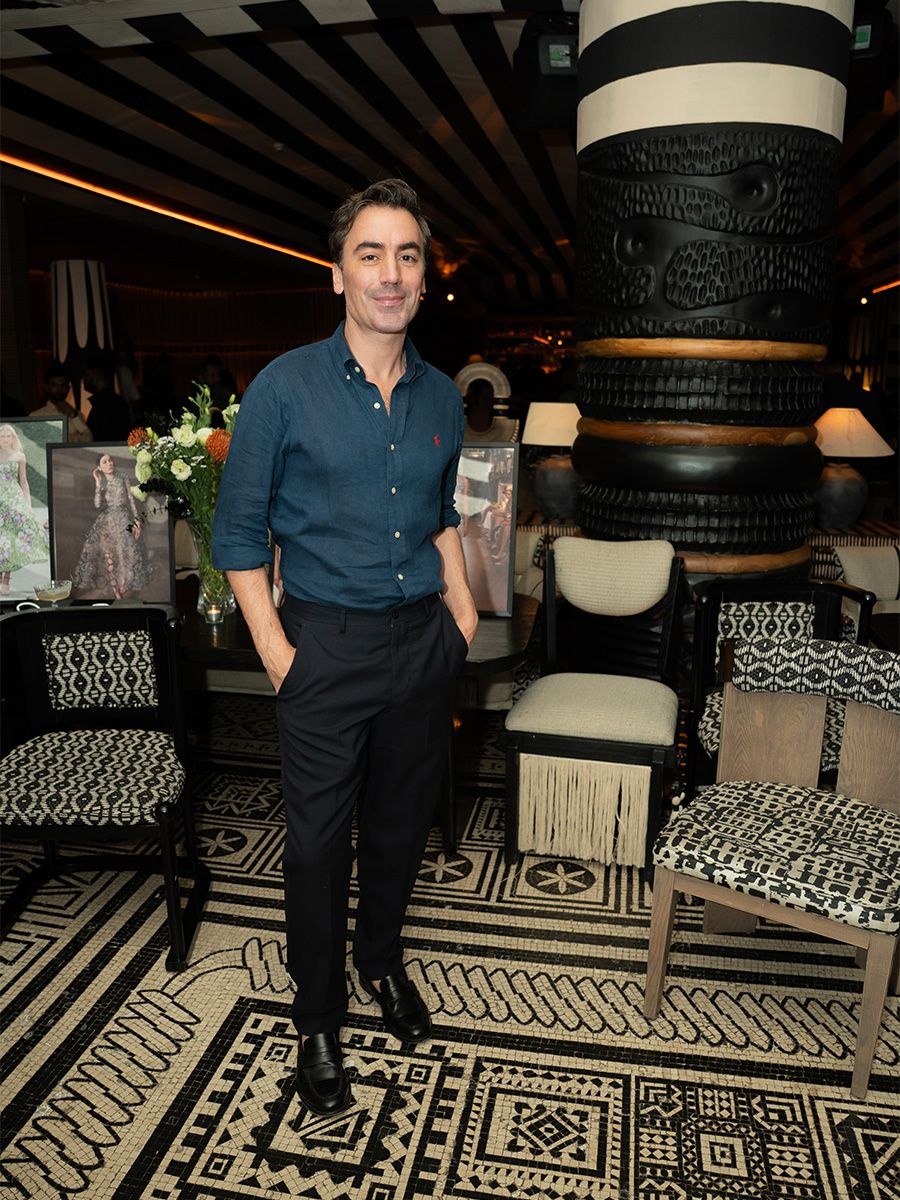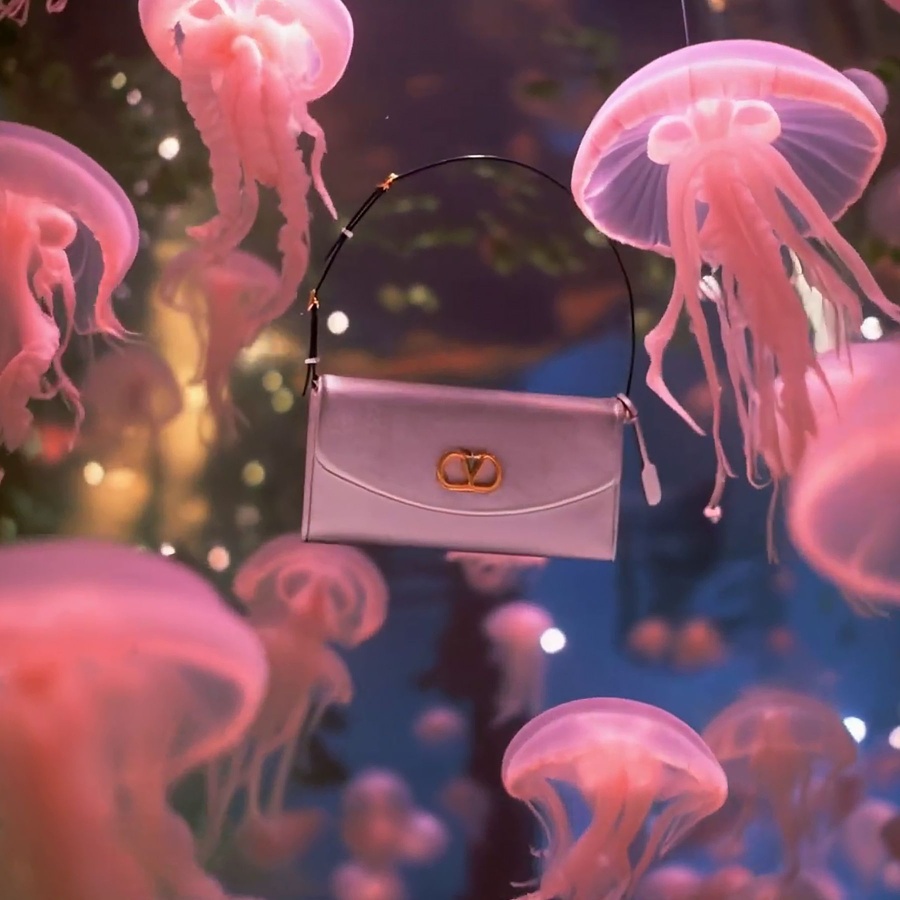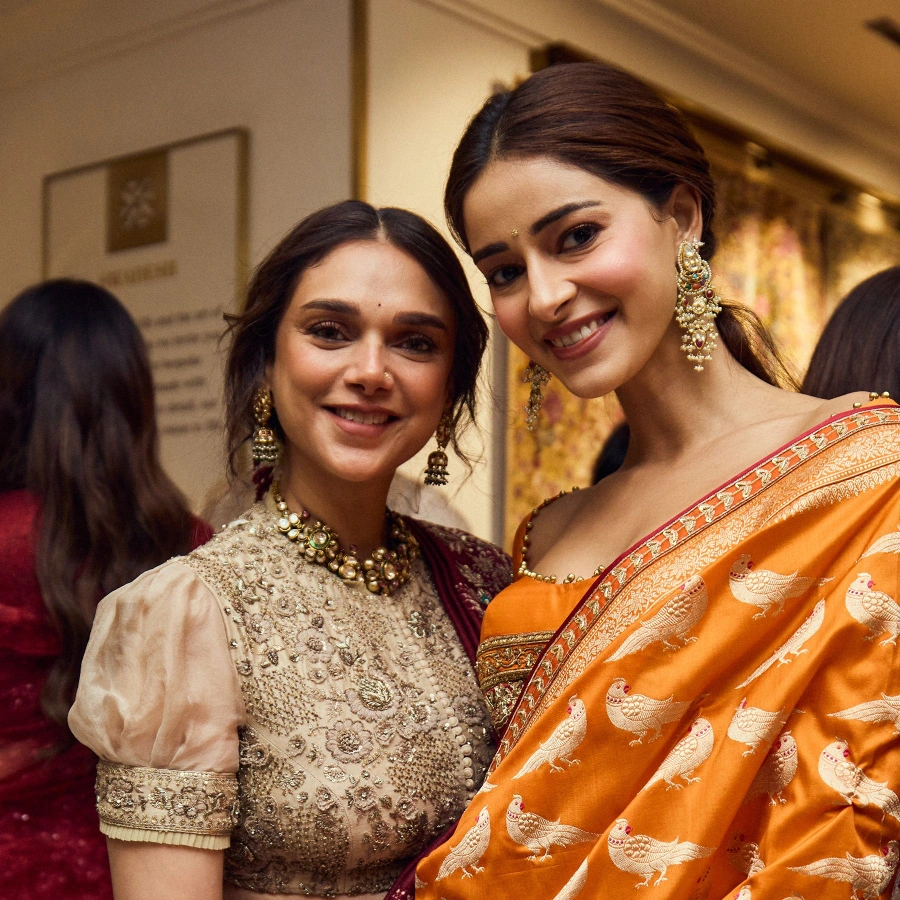Guillaume Henry was 13, living in the French countryside, when he wrote a letter to Christian Lacroix, a designer who made him dream of working in fashion. “I opened the letter with ‘I know you’ll never read this’.”
Little did the teenager know that Lacroix would not only reply (“As you can see, I did read your letter,” Lacroix wrote back), some three decades later Henry would also hold the same position that his idol once did: that of artistic director at revived French maison Patou.
Yes, the same couture house that was originally launched by Jean Patou—believed to be one of the most elegant men in Europe—in 1914. The brand garnered great success through the 1920s and 1930s for stripping womenswear of restrictive contraptions and giving it a more relaxed, liberated update. Sportswear and swimwear were important elements of Patou’s lexicon; tennis champion Suzanne Lenglen was his first muse, and Coco Chanel his fiercest rival.

After the founder’s passing, the likes of Marc Bohan, Karl Lagerfeld, and Jean Paul Gaultier helmed the brand. The brand exited the scene after Christian Lacroix’s creative direction in the ’80s, only to be revived by LVMH in 2018. In a full-circle moment, Henry (previously of Carven and Nina Ricci) was brought in to pick up where Lacroix left off and give a fresh lease to the heritage house.
“Serendipity,” I quip instantly.
“It’s funny you say that,” Henry smiles. “When we were bringing the brand back, we wanted to make T-shirts with kind, uplifting words,” says the designer.
Guess what the very first T-shirt said? Serendipity.
Did someone say joie de vivre?
We are seated in the Patou headquarters in Île de la Cité in Paris, a natural island in the Seine in the heart of the French capital. Only a short walk from the Notre Dame cathedral is this late-19th century building—a girls’ school and a speakeasy in its previous lives—that now serves as chez Patou. I climb the stairs past a bubblegum-pink wall painted with the brand name to reach the meeting room. Pink enough, I should add, to brighten up even a rainy and damp morning.
Lightness is the very raison d’etre of the brand, Henry stresses, dressed in a navy sweater with a classic French-twist scarf tie. He was “fed up with how dark the fashion industry could be and wanted to be part of something light and optimistic” when he was offered Patou. “I never see fashion as an answer to the world’s problems. But I don't want it to be part of the problem either. I really feel like I manifested this role,” he muses.
In the hour that follows, we talk about everything from serendipity, manifestation, superstitions and psychics to the brand’s impending debut in India with Galeries Lafayette this November. Warm, candid, and with an ease that mirrors the spirit of the brand, Henry possesses what the woo-woo set—including me—would call great energy.
Given his long association with Galeries Lafayette in Paris (turns out, he also lives just a block away from the Haussmann store), the iconic French department store felt like the perfect partner for Patou’s passage to India.


